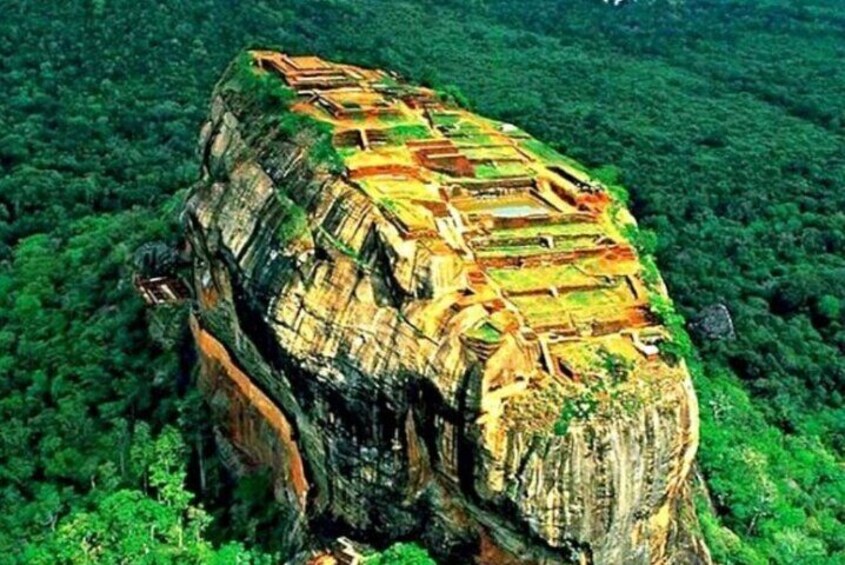
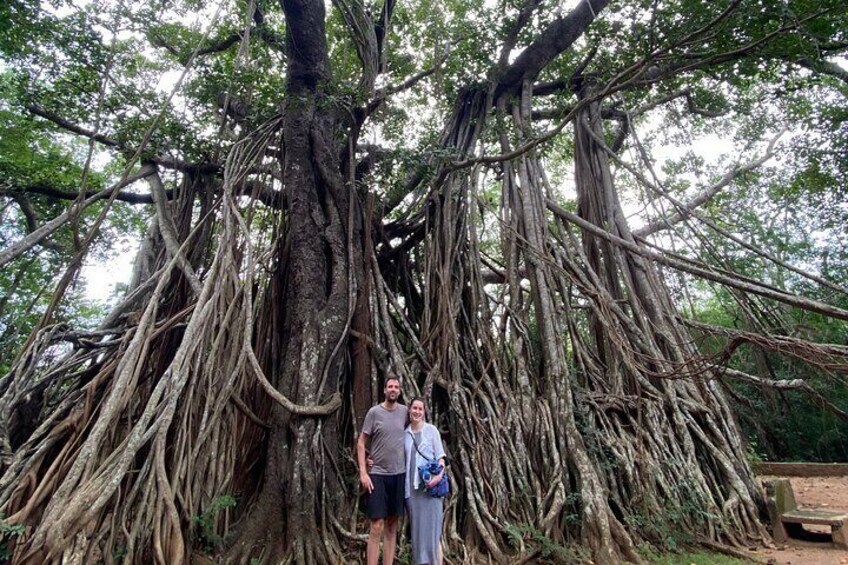
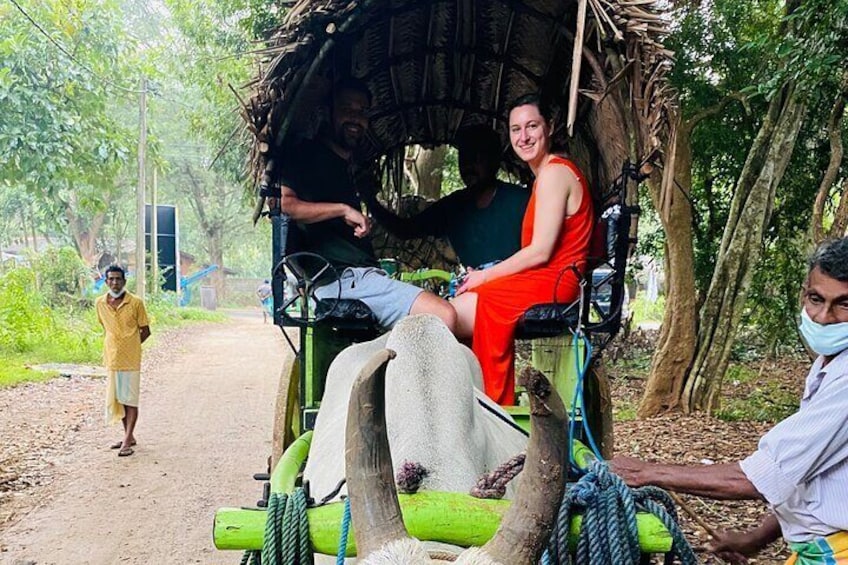
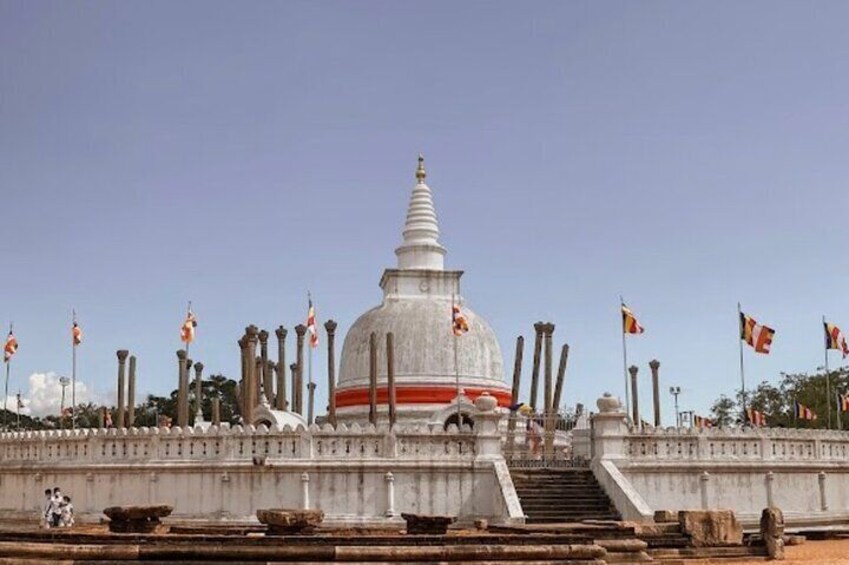
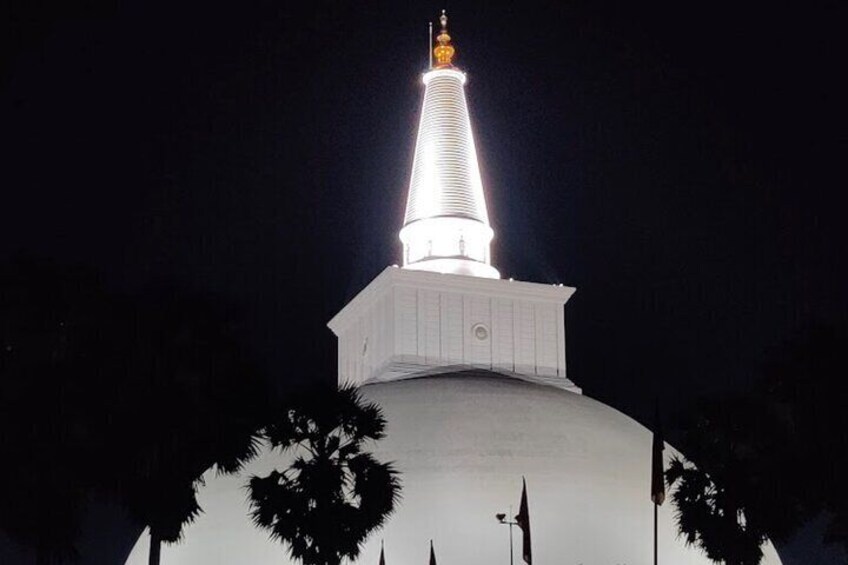
Two Day tour - Sacred city of Anuradhapura ,Mihintale & Sigiriya Fortress (Rock)
Features
- Free cancellation available
- 2d
- Mobile voucher
- Instant confirmation
- Selective hotel pickup
- Multiple languages
Overview
As Anuradhapura is the 1st kingdom in Sri Lanka there’re lots of famous ancient places to visit. Also there’re some hidden places,monuments,ruins and stories which are not included in the map or internet. I have the ability to guide for them.
We provide a traditional lunch to experience the real cultural situation of a middle class family with a village safari. There’re some surprises as well.
In the evening tourists will be able to watch a fascinating sunset by mihintale stupa.
Will show the amazing place on the top of the sigiriya lions rock with the explanations of that unbelievable water system.
Adventures hike on pidurangala.
Wildlife enthusiasts. Would be able to experience flora and fauna there in wilpattu national park. Some birds like gull, eagles, kite buzzards, groups of reptiles will be shown.
Activity location
- Jaya Sri Maha Bodhi
- Anuradhapura, Sri Lanka
Meeting/Redemption Point
- Jaya Sri Maha Bodhi
- 10150, Colombo, Western Province, Sri Lanka
Check availability
Two Day tour - Sacred city of Anuradhapura ,Mihintale & Sigiriya Fortress (Rock)
- 2d
- English
Pickup included
What's included, what's not
- Snacks
- Umbrella
- Meal
- Accommodation
- All Fees and Taxes
- Air-conditioned vehicle
Know before you book
- Wheelchair accessible
- Public transportation options are available nearby
- Infants are required to sit on an adult’s lap
- Specialized infant seats are available
- Suitable for all physical fitness levels
Activity itinerary
Day 1: Day1 Anuradhapura and Mihintale. Which is famous for well preserved ruins of an ancient sinhala civilization.
- 16 stops
- Meals: Not included
- Accommodation: Not included
Jaya Sri Maha Bodhi
- 30m
- Admission ticket included
Jethawanaramaya Stupa
- 30m
- Admission ticket included
Dagoba of Thuparama
- 30m
- Admission ticket included
Moonstone or Sandakada pahana
- 30m
- Admission ticket included
Twin Baths (Kuttam Pokuna)
- 30m
- Admission ticket included
Samadhi Statue
- 30m
- Admission ticket included
Abhayagiri Dagaba
- 20m
- Admission ticket included
Main Refectory Of Abayagiri Monastery
- 15m
- Admission ticket included
Muragala (Guard Stone)
- 20m
- Admission ticket included
Mirisaveti Stupa
- 20m
- Admission ticket included
Lankarama Sthupa
- 15m
- Admission ticket included
Isurumuniya Temple
- 45m
- Admission ticket included
Mihintale
- 30m
- Admission ticket included
Mihintale
- 20m
- Admission ticket included
Sela Chaithya
- 20m
- Admission ticket included
Kalu Diya Pokuna Natural Black Water Pond
- 20m
- Admission ticket included
Day 2: Sigiriya, the royal place which proves ancient urban planning. A village safari and Ritigala mountain.
- 4 stops
- Meals: Not included
- Accommodation: Not included
Sigiriya The Ancient Rock Fortress
- 3h
- Admission ticket included
Pidurangala Rock
- 2h
- Admission ticket included
Ritigala Forest Monastery
- 1h
- Admission ticket included
Sigiriya Craft Village
- 1h
- Admission ticket included
Location
Activity location
- Jaya Sri Maha Bodhi
- Anuradhapura, Sri Lanka
Meeting/Redemption Point
- Jaya Sri Maha Bodhi
- 10150, Colombo, Western Province, Sri Lanka